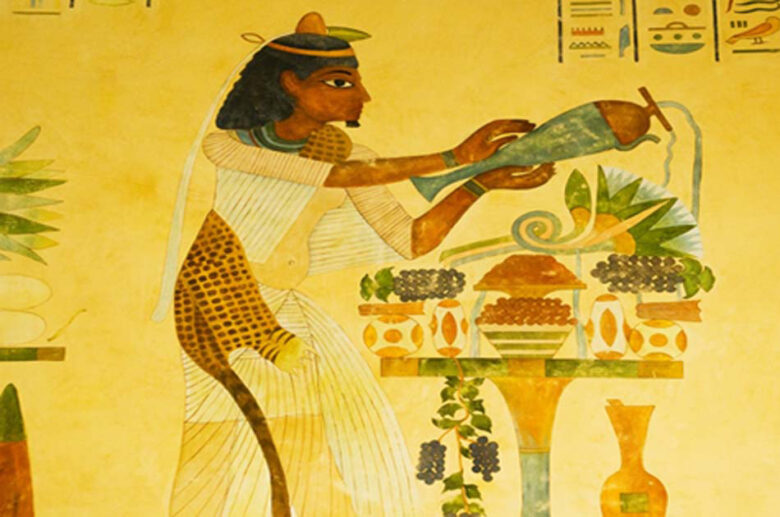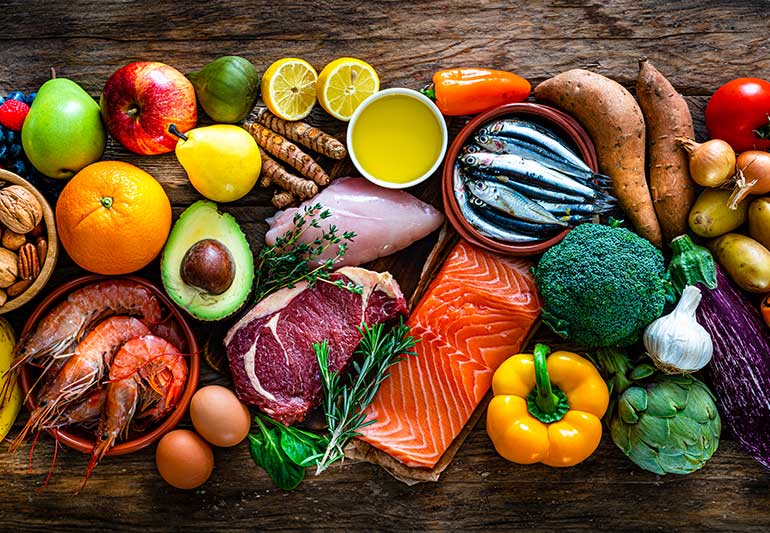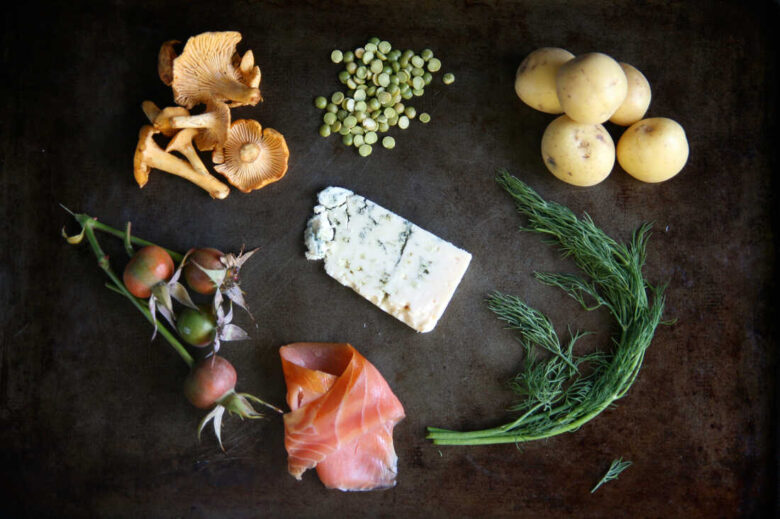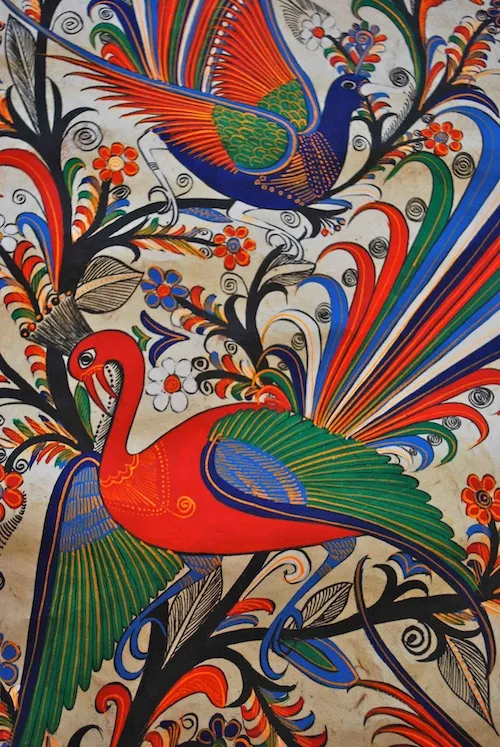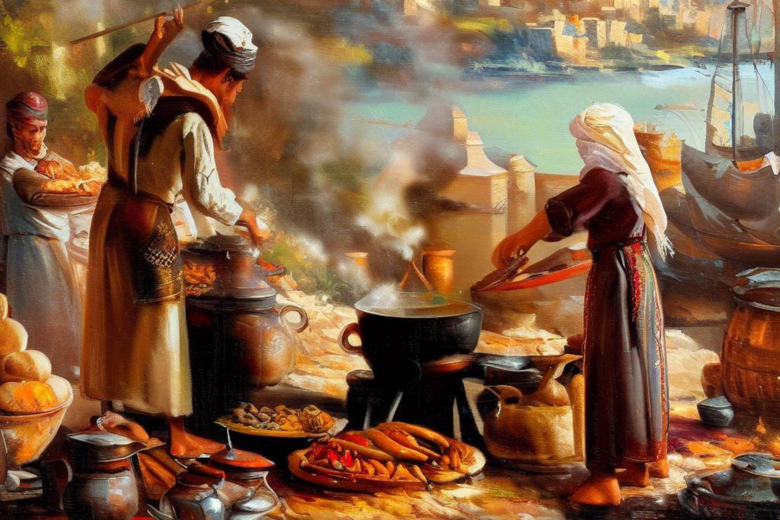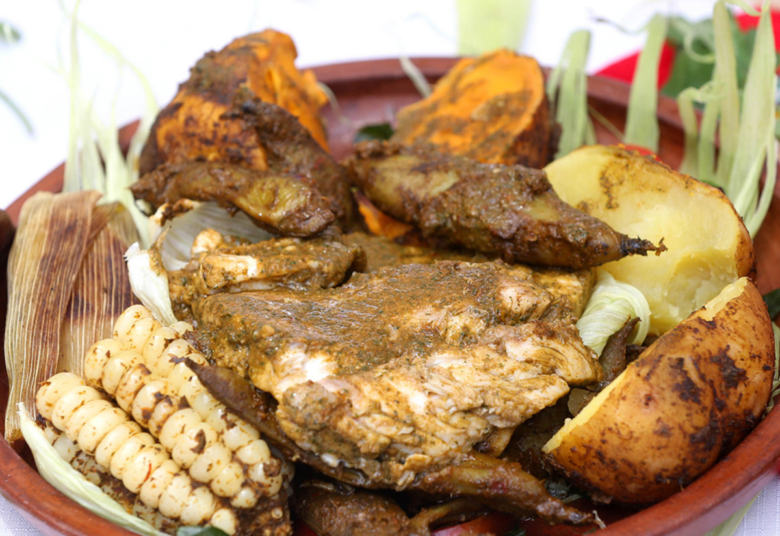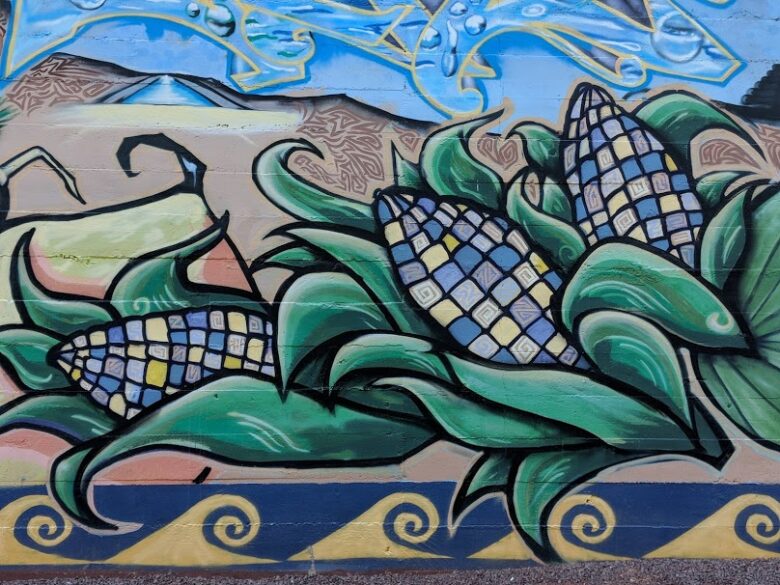Maori culture and Hangi cooking integral to the identity and traditions of the indigenous Maori people in New Zealand. Hangi cooking is a traditional Maori method of preparing food that dates back centuries. Firstly, let’s explore Maori culture. The Maori people have a rich history of art and storytelling, with their carvings, tattoos, and songs …
Egyptian art and gastronomy are fascinating aspects of ancient and modern Egyptian culture. Let’s explore these two captivating expressions of creativity and taste. Firstly, let’s dive into Egyptian art. Ancient Egyptians were skilled artisans, and their art has left a lasting impact on the world. They created magnificent sculptures, intricate jewelry, and beautiful paintings that …
Rock art and paleo are both fascinating aspects of ancient history that provide valuable insights into early human societies. Let’s explore these two intriguing subjects in a simple and engaging manner. Firstly, let’s talk about rock art. Rock art refers to ancient drawings and carvings found on rocks and cave walls. These artworks created by …
The Vikings were skilled artisans and cooks who left a lasting impact on the world with their unique art and delicious cuisine. Their creations continue to captivate and inspire people today. In the realm of art, Vikings were highly talented craftsmen. They used various materials like wood and metal to create intricate sculptures and carvings. …
Firstly, Mexican Folk Art is a traditional and colorful form of art that comes from Mexico. Second, people create beautiful things with their own hands, making it unique and special. Moreover, the art reflects the culture and history of the country, showcasing the creativity and skills of Mexican artisans. One of the most common types …
Mayan civilization flourished in Mesoamerica, and their rich cultural heritage included impressive art and a unique use of cocoa in their food. Mayan art extraordinary, showcasing intricate carvings, paintings, and sculptures. Their artwork often depicted gods, rulers, and scenes from everyday life. Additionally, they adorned their buildings, such as temples and pyramids, with detailed reliefs …
The Abbasid Empire, one of the most influential Islamic civilizations, thrived in the Middle Ages, leaving behind a remarkable legacy of art and culinary traditions. Abbasid’s art was a vibrant fusion of various cultures, reflecting the empire’s diverse influences. Their art included intricate calligraphy, geometric patterns, and stunning architecture. Additionally, the Abbasid’s were skilled in …
Baroque art emerged in Europe during the 17th century and characterized by its grandeur and dramatic flair. At the same time, banquets became extravagant feasts that showcased wealth and opulence. Both Baroque art and banquets played significant roles in shaping the cultural landscape of their time. Baroque art, a celebration of beauty and emotion. Artists …
Firstly, In the Andean region of South America, the Inca civilization flourished, leaving behind a rich cultural heritage of culinary traditions and remarkable art. Second, Andean culinary traditions deeply rooted in the region’s diverse landscapes and agricultural abundance. Also, the Incas skilled farmers, cultivating a wide variety of crops like potatoes, quinoa, corn, and various …
Food and indigenous art have a deep and intertwined connection, representing the cultural identity and creativity of indigenous communities around the world. Indigenous people have a unique relationship with the land and nature, which is reflected in their traditional food practices. They rely on the resources of their surroundings, including plants, animals, and natural elements, …

